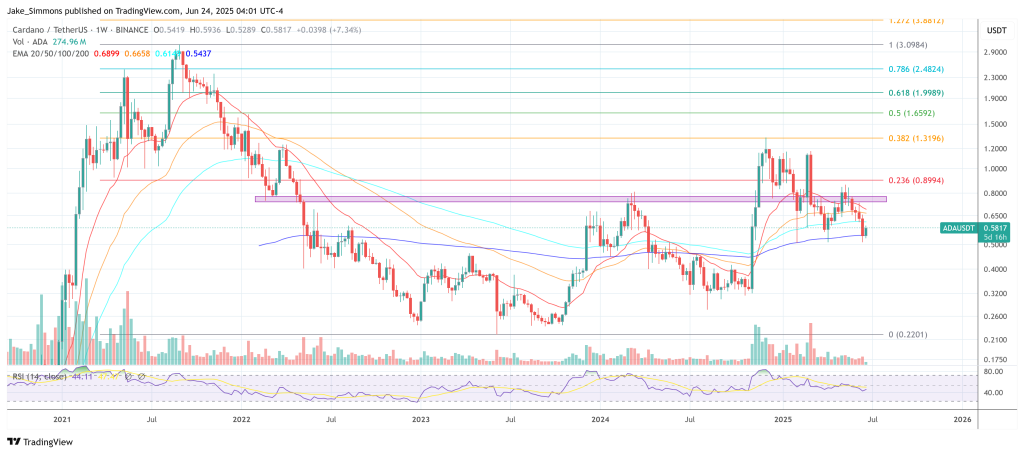Cardano’s Midnight Glacier Airdrop: Here’s How to Claim Your Share (Before It’s Gone)
Cardano just dropped the bombshell details on its Midnight Glacier airdrop—and the crypto world is buzzing. Forget ‘wait and see.’ This is a move designed to shake up the ecosystem.
Who gets a slice? The team’s playing it cagey, but early stakers and protocol loyalists likely top the list. Missed the last governance vote? That might cost you.
Timing is everything. Snagging free tokens sounds great—until you realize half the eligible wallets will sleep through the claim window (classic crypto).
One cynical take? This airdrop isn’t just about decentralization—it’s a liquidity magnet dressed in community clothing. Smart play, ADA. Now watch the speculators FOMO in.
Cardano’s Biggest Airdrop: Who Gets What And How
The white-paper calls the Glacier Drop “phase one of a three-step claim journey,” and it allocates the entire 24 billion supply to this opening phase to 8 chains, albeit with conditions designed to defeat Sybil bots and sanctioned entities. Half of the supply is reserved for Cardano native-token holders, one fifth for Bitcoin addresses, and the balance is split among Ethereum, Solana, XRP Ledger, BNB Chain, Avalanche and Brave wallet participants according to the US-dollar value of their holdings at the moment of a random, already-taken historical snapshot.
Individual eligibility is algorithmic and transparent. If, at the snapshot, an address on any of the eight networks held the equivalent of at least $100 in its native asset—and is not flagged on OFAC’s SDN list—it can claim. Midnight then requires two cryptographic proofs: first, the address owner signs a message to demonstrate custody; second, the claimant supplies a fresh, unused Cardano address to receive the thawed NIGHT once the redemption window opens. Custodial exchange accounts are out of luck unless the custodian chooses to claim on users’ behalf.
The Glacier claim window will run for sixty days. Claimed tokens are locked in a cardano smart contract and “gradually thaw” throughout a subsequent redemption period; the cadence of that unlock schedule has not yet been published, but Midnight emphasises that the mechanism is meant to blunt opportunistic dumping and encourage early participation in block production, governance and DUST-fuelled application building. Unclaimed NIGHT does not disappear: it rolls into phase two, the Scavenger Mine, where participants solve public-good computational puzzles for a share of the leftovers while simultaneously seeding core network infrastructure. Whatever survives that torrent becomes the bounty for phase three, Lost-and-Found, a final recovery chance after main-net launch.
Prospective claimants therefore have a concrete checklist. They must confirm that their balances are held in self-custody at the snapshot height, ensure the wallet remains unsanctioned, and prepare to sign a message once the NIGHT Claim Portal goes live. They must also create an unused Cardano address—a privacy best-practice given that Midnight will publish audit proofs for every redemption transaction on-chain. With those pieces in place, the only moving parts left are the opening block number of the claim portal and the publication of the exact thaw schedule, both of which the team says will appear on Midnight’s official website in “short order.”
At press time, ADA traded at $0.5817.


